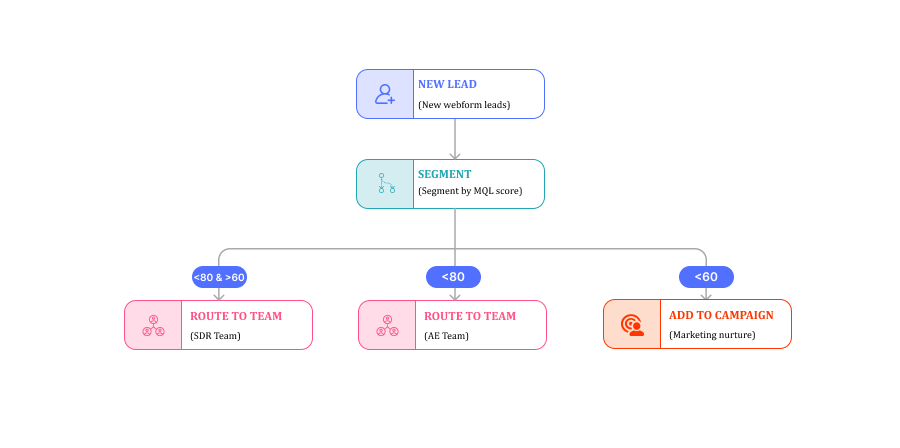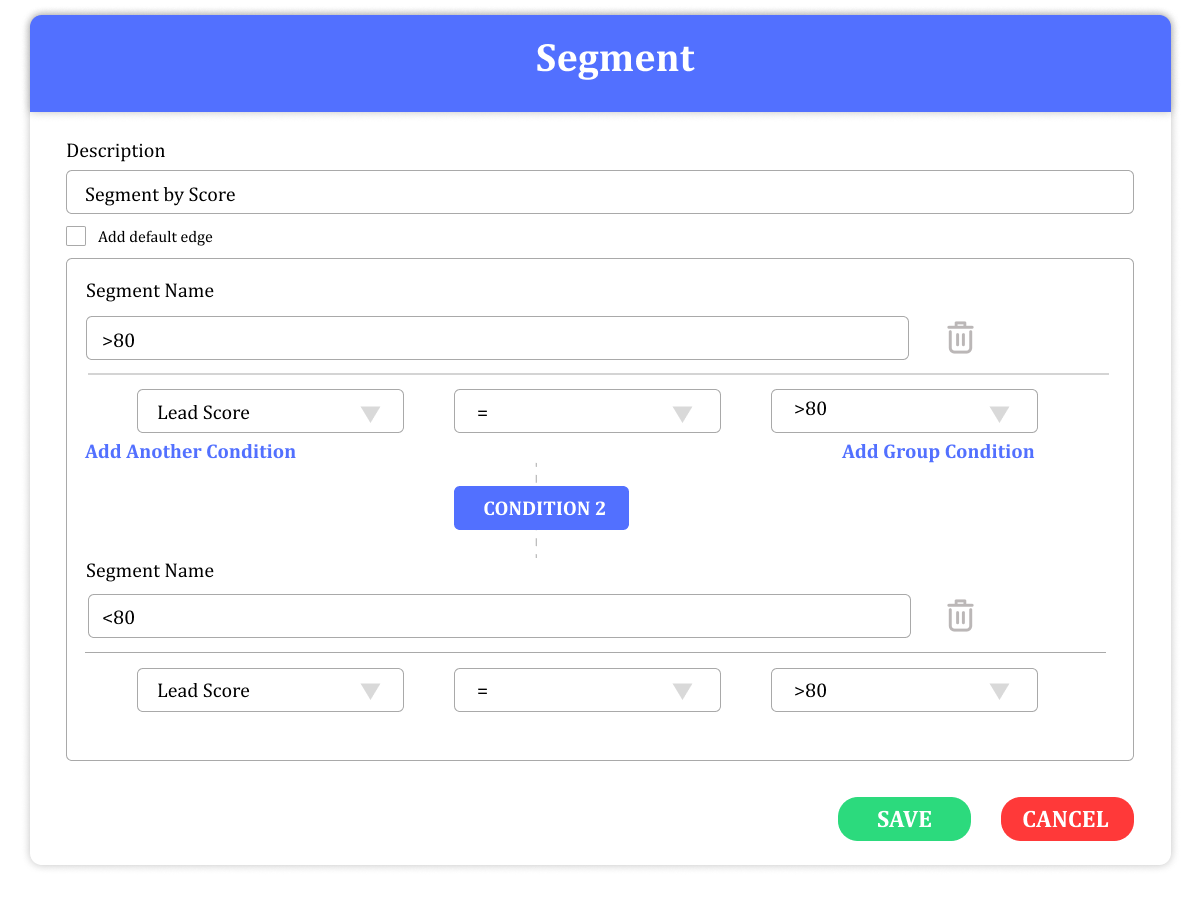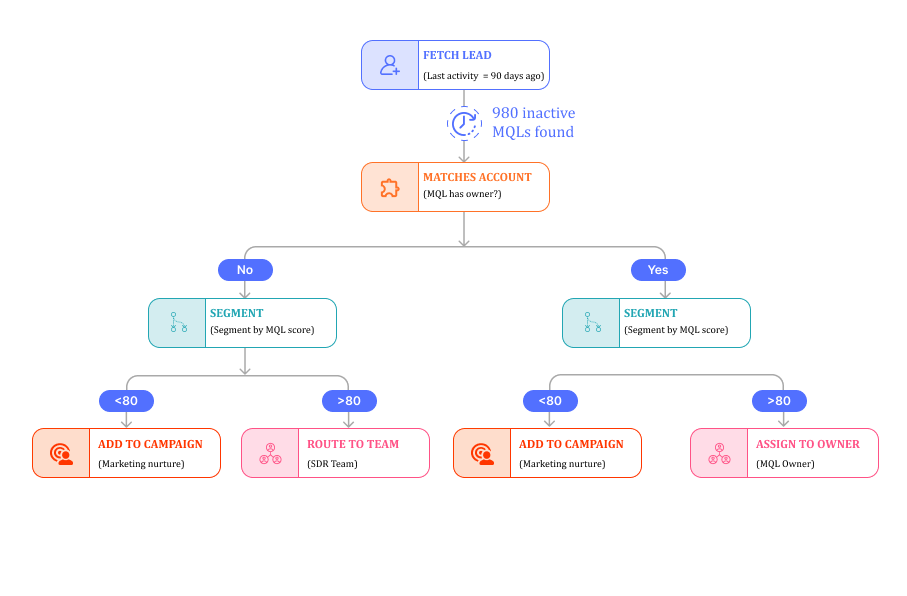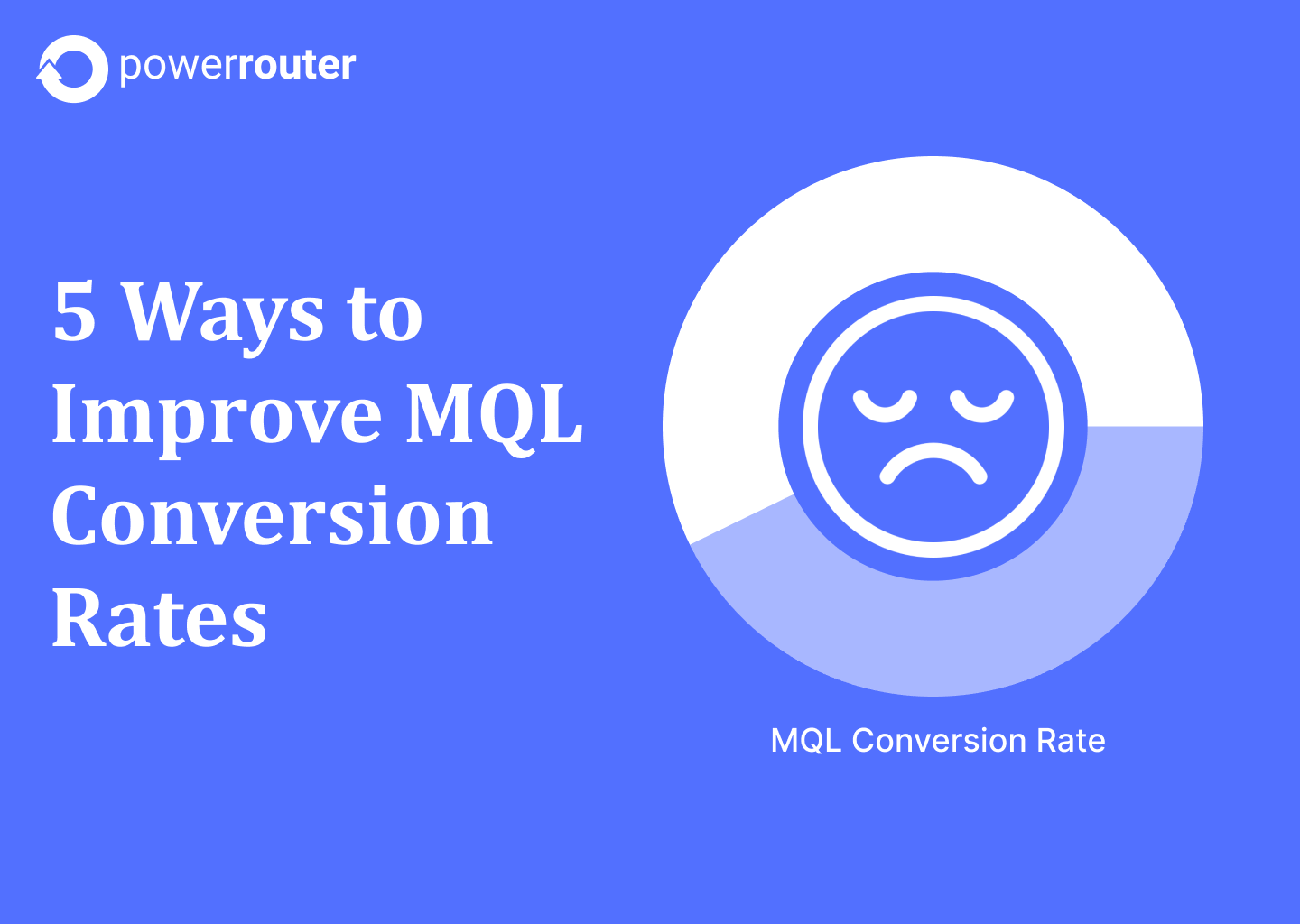Every MQL is a potential sale because they are qualified, carefully nurtured, and engaged with your business. However, only 13% of MQLs convert into SQLs; and only 6% of SQLs convert into sales. And the rest of them slip through the cracks.
The question that keeps marketers awake at night: Why do so many MQLs slip through the cracks?
- Delayed response times
- Poor MQL handoffs
- Incorrect MQL assignments
- Lack of alignment between marketing and sales
- Neglected follow-ups.
Basically, MQL leakage is a multi-faceted challenge that requires a comprehensive and streamlined solution. Let us cut straight to the chase. We’ll explain different ways to route your MQLs and avoid leakages in today’s blog.
What is MQL Routing?
MQL routing refers to the process of directing Marketing Qualified Leads (MQLs) to the appropriate sales teams within an organization. It involves determining which teams or SDRs should handle specific MQLs based on predefined criteria, such as lead quality, behavior, or other relevant attributes, to optimize lead conversion and sales efforts.
Route based on MQL Score
Even though MQLs are a promising start, not all qualified leads are ready to buy. That’s why a blanket approach of assigning all MQLs directly to the sales team might not result in conversions. Instead, a strategic lead scoring method can be an efficient way to manage your MQLs. It allows you to pinpoint those MQLs that are highly engaged and truly ready for a sale.
Imagine an MQL routing system where only the top-tier leads, those with a score of 90 or higher, are assigned to the sales team. It’s like spotlighting the leads that are not just interested but practically knocking on your door to make a purchase. By focusing your sales resources on these high-scoring MQLs, you’re making the most of your team’s time and energy, ensuring that every interaction counts.

Segment MQLs
Not all MQLs are the same. Some are just starting to explore, while others have been quiet for a bit and are now showing interest again. The tricky part is handling them right. Inefficient segmentation of MQLs results in double-assigning of MQLs or incorrect assignments. And either of them can hurt your buyer experience, leading to lost deals.
With PowerRouter, you can segment your MQLs based on score, geography, priority, or industry. It helps you assign the MQLs to the right SDRs when the timing is right. In addition, if an MQL already belongs to an account in your Salesforce or an owner, PowerRouter makes sure it’s assigned to the account owner and the MQL owner respectively.

Feedback Loop
Establish a feedback loop between the sales and marketing teams. Regularly gather input from the sales team on the quality of MQLs and the effectiveness of routing rules. Use this feedback to refine and improve the routing process over time.
But it’s not a one-way street. While the sales team gives their insights when returning MQLs, the marketing team also does their part. They look at metrics like MQL response time and conversion rate to evaluate how effectively sales teams are working on the MQLs. It’s like a feedback loop that benefits both teams and makes the whole MQL management process smoother and more effective in the long run.
Return Unready MQLs
Enable your reps to give back MQLs if they don’t think they’re quite ready or qualified for a sale. This isn’t just about making room for better MQLs in your sales pipeline; it’s a way to provide valuable feedback to the marketing team. By doing this, your sales teams can focus their time and energy on leads that are more likely to convert, instead of wasting it on leads that might not be quite ready yet.
Lead Reactivation
Have you ever wondered what happened to all those qualified but unconverted MQLs? If you take a peek into your Salesforce CRM, you’ll likely discover a lot of dormant MQLs. If the timing is right and they’re still in search of a solution, you have a golden opportunity to boost your conversion rate.
That’s why it’s crucial to occasionally revive these dormant MQLs. You can either reassign them to your sales team or redirect them to targeted marketing campaigns to see if there’s still interest. It’s like giving those once-overlooked leads a second chance.

